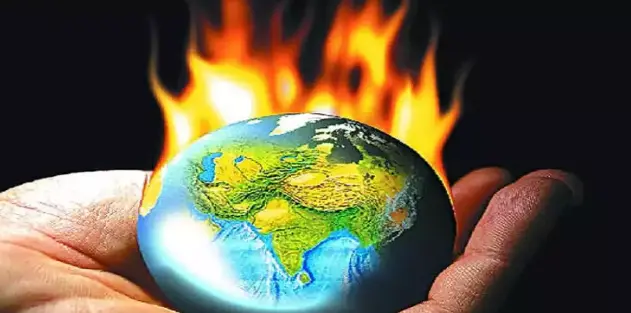Our Warming World: Understanding and Addressing Increasing Global Warming
The Earth’s climate is changing. This isn’t science fiction; it’s a fact confirmed by overwhelming scientific evidence. The term “global warming” refers to the average rise in our planet’s temperature caused primarily by human activities.
This blog will explore the factors driving this phenomenon and what we can do to address it.
Understanding the Cause: Greenhouse Gasses and the Greenhouse Effect
Our atmosphere naturally acts like a giant blanket, trapping some of the sun’s heat and keeping the planet warm enough for life to thrive. This is called the greenhouse effect. Certain gasses, including carbon dioxide, methane, and nitrous oxide, play a crucial role in this process. They allow sunlight to pass through but trap heat, causing a gradual warming.
The problem arises when human activities significantly increase the concentration of these greenhouse gases in the atmosphere. Here’s how:
-
Burning fossil fuels: Coal, oil, and natural gas release large amounts of carbon dioxide when burned for energy.
-
Deforestation: Trees absorb carbon dioxide, but deforestation reduces this natural defense.
-
Industrial processes: Manufacturing releases various greenhouse gasses, including nitrous oxide.
The Consequences of a Warming Planet
The effects of global warming are already being felt worldwide. Here are some key consequences:
-
Rising sea levels: Melting glaciers and polar ice caps contribute to rising sea levels, threatening coastal communities and ecosystems.
-
More extreme weather events: We’re seeing an increase in heat waves, droughts, floods, and storms, disrupting weather patterns and causing devastation.
-
Impact on ecosystems: Rising temperatures and changing weather patterns disrupt delicate ecosystems, putting plant and animal life at risk.
Taking Action: What We Can Do
While the situation is serious, it’s not too late to act. Here are some ways we can combat global warming:
-
Transitioning to renewable energy sources: Solar, wind, and geothermal energy offer cleaner alternatives to fossil fuels.
-
Improving energy efficiency: Reducing our overall energy consumption through better building design and appliances helps significantly.
-
Sustainable practices: Protecting forests, adopting greener agricultural methods, and reducing our carbon footprint are crucial steps.
Conclusion
Global warming is a complex issue, but understanding the causes and consequences empowers us to take action. By implementing sustainable practices, supporting renewable energy initiatives, and demanding climate-conscious policies, we can work together to create a more sustainable future for our planet.
Let’s continue the conversation! Share your thoughts and ideas on how we can address global warming in the comments below.


Comments are closed, but trackbacks and pingbacks are open.